Wider den Widerstand - auf dem Weg zu besseren Lithium-Ionen Batterien
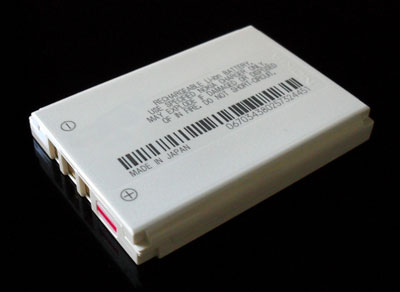 Darmstaedter Forscher tragen zur Entwicklung kleinerer und leistungsfaehigerer Batterien bei.
Darmstaedter Forscher tragen zur Entwicklung kleinerer und leistungsfaehigerer Batterien bei.
Jan 18th, 2011
Read more
 Darmstaedter Forscher tragen zur Entwicklung kleinerer und leistungsfaehigerer Batterien bei.
Darmstaedter Forscher tragen zur Entwicklung kleinerer und leistungsfaehigerer Batterien bei.
Jan 18th, 2011
Read moreTo rebuild damaged parts of a human body from scratch is a dream that has long fired human imagination, from Mary Shelley's Doctor Frankenstein to modern day surgeons. Now, a team of European scientists, working in the frame of the EUREKA project ModPolEUV, has made a promising contribution to reconstructive surgery thanks to an original multidisciplinary approach matching cutting-edge medicine to the latest developments in nanotechnology.
Jan 18th, 2011
Read more Will we soon be plugging our mobile phone into our t-shirt instead of putting in a battery? This vision is not totally out of reach: the first steps in this direction have already been taken.
Will we soon be plugging our mobile phone into our t-shirt instead of putting in a battery? This vision is not totally out of reach: the first steps in this direction have already been taken.
Jan 18th, 2011
Read more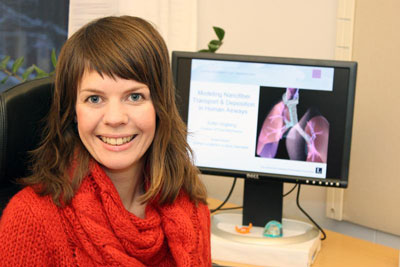 Carbon nanotubes, which are extremely small fibers used in many new light and strong materials, may present health risks if inhaled, in the worst case leading to cancer, according to new research from Lulea University of Technology.
Carbon nanotubes, which are extremely small fibers used in many new light and strong materials, may present health risks if inhaled, in the worst case leading to cancer, according to new research from Lulea University of Technology.
Jan 18th, 2011
Read moreDie Ergebnisse seiner Arbeiten und weitere uebergreifende Aspekte stellt die NanoKommission am 2. Februar auf einer Konferenz der interessierten Fachoeffentlichkeit vor und diskutiert mit den Anwesenden.
Jan 18th, 2011
Read more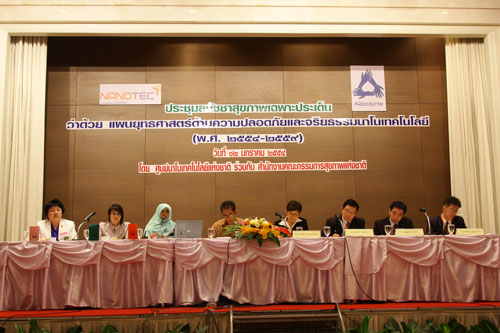 Thailand is making advancement in pushing for the country's first strategy plan on nanotechnology safety and ethic which is expected to be submitted to the government in 2011.
Thailand is making advancement in pushing for the country's first strategy plan on nanotechnology safety and ethic which is expected to be submitted to the government in 2011.
Jan 18th, 2011
Read more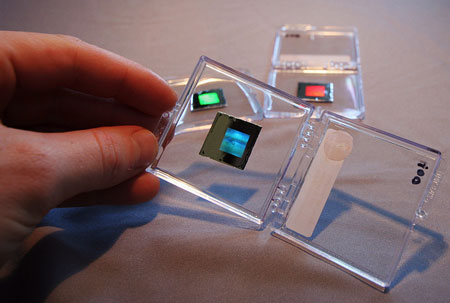 Imagine a hole so small that air can't go through it, or a hole so small it can trap a single wavelength of light. Nanotech Security Corp., with the help of Simon Fraser University researchers, is using this type of nanotechnology to create unique anti-counterfeiting security features.
Imagine a hole so small that air can't go through it, or a hole so small it can trap a single wavelength of light. Nanotech Security Corp., with the help of Simon Fraser University researchers, is using this type of nanotechnology to create unique anti-counterfeiting security features.
Jan 18th, 2011
Read moreResearchers at CNRS and Universite Paris-Sud 11 have succeeded in creating a conductive layer on the surface of strontium titanate (SrTiO3), a transparent insulating material considered to be very promising for the development of future microelectronics applications. Two nanometers thick, this conductive layer is a two-dimensional metallic electron gas (2DEG) that is part of the insulating material.
Jan 17th, 2011
Read more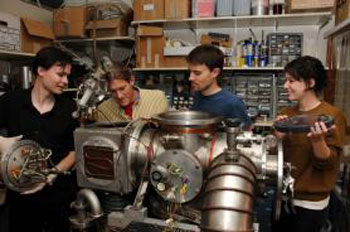 Physicists discovered a new way to measure how single atoms interact with surfaces. Their findings help develop nanotechnology and test new theories about the internal structure of atoms.
Physicists discovered a new way to measure how single atoms interact with surfaces. Their findings help develop nanotechnology and test new theories about the internal structure of atoms.
Jan 17th, 2011
Read more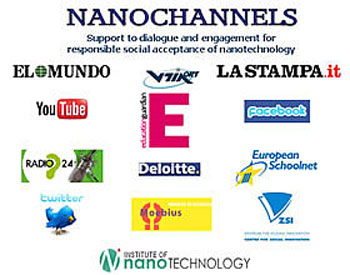 Nanotechnology issues are about to hit the mass media in a big way. The new EC-funded NANOCHANNELS project was launched last week with a two-day kick-off meeting that led to the planning of a dynamic programme of communication, dialogue, and engagement in issues of nanotechnology aimed at European citizens.
Nanotechnology issues are about to hit the mass media in a big way. The new EC-funded NANOCHANNELS project was launched last week with a two-day kick-off meeting that led to the planning of a dynamic programme of communication, dialogue, and engagement in issues of nanotechnology aimed at European citizens.
Jan 17th, 2011
Read moreMehr als 200 Interessierte aus Betrieben und Behoerden nahmen am Dialog-Forum 'Nanomaterialien am Arbeitsplatz' teil, das die Bundesanstalt fuer Arbeitsschutz und Arbeitsmedizin (BAuA) heute in Dortmund veranstaltete. Im Mittelpunkt der Veranstaltung standen Forschungsergebnisse und praktische Hilfestellungen der BAuA, die zum verantwortungsvollen Umgang mit Nanomaterialien am Arbeitsplatz beitragen.
Jan 17th, 2011
Read more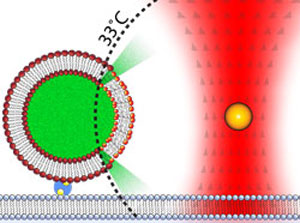 Tiny gold particles are good for transferring heat and could be a promising tool for creating localized heating in, for example, a living cell. In new experiments, researchers at the Niels Bohr Institute have measured the temperature of nano-sized gold particles with extreme precision and have examined their ability to melt the lipid membranes surrounding cells, paving the way for dissolving sick cells.
Tiny gold particles are good for transferring heat and could be a promising tool for creating localized heating in, for example, a living cell. In new experiments, researchers at the Niels Bohr Institute have measured the temperature of nano-sized gold particles with extreme precision and have examined their ability to melt the lipid membranes surrounding cells, paving the way for dissolving sick cells.
Jan 17th, 2011
Read moreDer Ausschuss fuer Gefahrstoffe (AGS) hat bei seiner Sitzung im November 2010 den vom AK Nanomaterialien des UA I des AGS erarbeiteten Sachstandsbericht zum Thema Nanomaterialien beraten und beschlossen, mit der Erarbeitung einer Bekanntmachung zur Umsetzung der Vorgaben der Gefahrstoffverordnung (GefStoffV) bei Taetigkeiten mit Nanomaterialien zu beginnen.
Jan 17th, 2011
Read moreAn 18-month NASA research effort to visualize the passenger airplanes of the future has produced some ideas that at first glance may appear to be old fashioned. Instead of exotic new designs seemingly borrowed from science fiction, familiar shapes - but built with high-tech materials - dominate the pages of advanced concept studies.
Jan 16th, 2011
Read more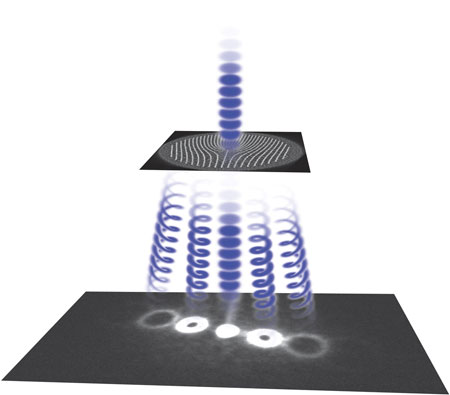 Electron microscopes are among the most widely used scientific and medical tools for studying and understanding a wide range of materials, from biological tissue to miniature magnetic devices, at tiny levels of detail. Now, researchers at the National Institute of Standards and Technology (NIST) have found a novel and potentially widely applicable method to expand the capabilities of conventional transmission electron microscopes (TEMs). Passing electrons through a nanometer-scale grating, the scientists imparted the resulting electron waves with so much orbital momentum that they maintained a corkscrew shape in free space.
Electron microscopes are among the most widely used scientific and medical tools for studying and understanding a wide range of materials, from biological tissue to miniature magnetic devices, at tiny levels of detail. Now, researchers at the National Institute of Standards and Technology (NIST) have found a novel and potentially widely applicable method to expand the capabilities of conventional transmission electron microscopes (TEMs). Passing electrons through a nanometer-scale grating, the scientists imparted the resulting electron waves with so much orbital momentum that they maintained a corkscrew shape in free space.
Jan 14th, 2011
Read moreThe theme for the 2012 Bower Award and Prize for Achievement in Science is Nanochemistry. Notice of intent to nominate is encouraged: March 31, 2011. Complete Nomination: May 31, 2011
Jan 14th, 2011
Read more